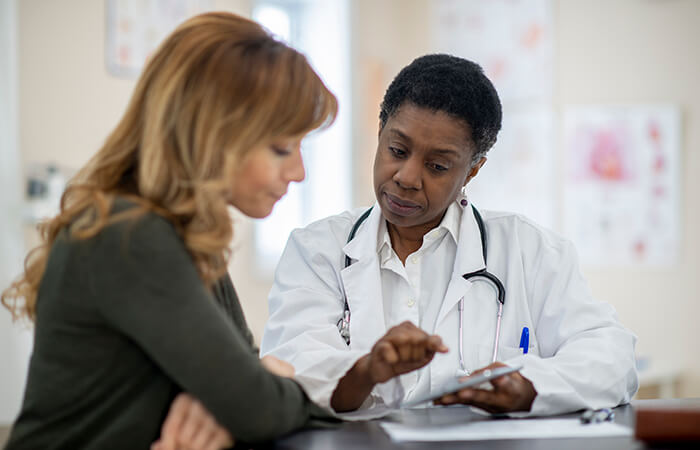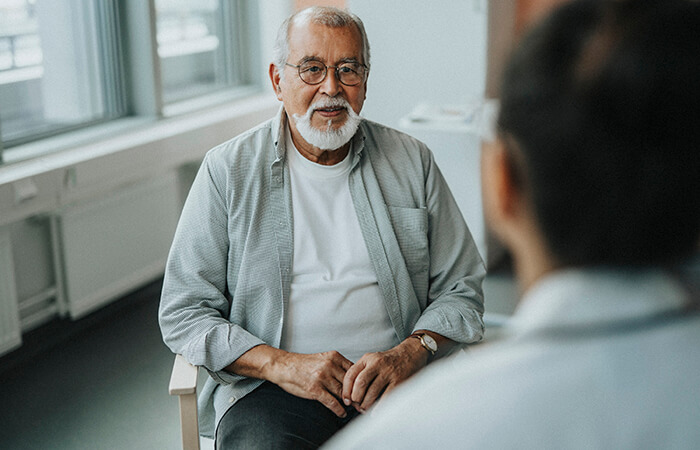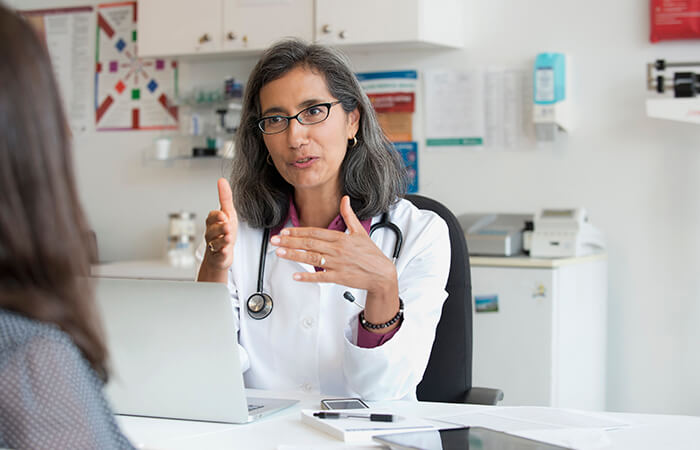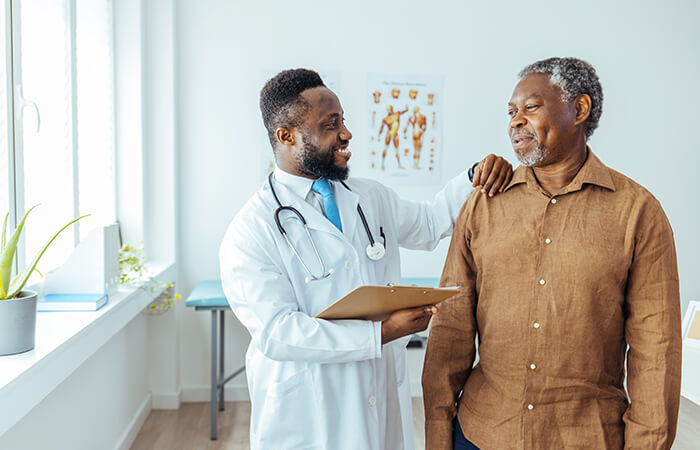

EGD (esophagogastroduodenoscopy)
Review these documents to help you prepare for your procedure:
Why is EGD necessary?
EGD may be helpful in the diagnosis of inflammation of the esophagus, stomach, and duodenum (esophagitis, gastritis, duodenitis), and to identify the site of upper gastrointestinal bleeding.EGD is more accurate than X-ray in detecting stomach and duodenal ulcers, especially when there is bleeding or scarring from a previous ulcer. EGD may detect early cancers too small to be seen by X-ray and can confirm the diagnosis by biopsies and brushings.
EGD may also be needed for treatment. Some examples include stretching narrowed areas of the esophagus or removal of polyps or swallowed objects. Safe and effective endoscopic control of bleeding can drastically reduce the need for transfusions and surgery in some patients.
What is an EGD?
A gastroscope, a long, flexible tube that is thinner than most food you swallow, is passed through the mouth and back of the throat into the upper digestive tract, and allows a doctor to examine the lining of the esophagus, stomach and duodenum (the first portion of the small intestine).If the doctor sees a suspicious area, he can pass an instrument through the endoscope and take a small piece of tissue (a biopsy) for examination in the laboratory. Biopsies are taken for many reasons and do not necessarily imply cancer.
Other instruments can also be passed through the endoscope without causing discomfort, including a small brush to wipe cells from a suspicious area for examination in the laboratory and a wire loop or snare to remove polyps (abnormal, usually benign growth of tissue).
The day of:
- A medical history will be taken.
- An IV will be started. You will be given medication through this IV to make you relaxed and sleepy.
- Your throat may be sprayed with local anesthetic.
- While you are lying in a comfortable position, the endoscope is inserted through the mouth, and each part of the esophagus, stomach and duodenum is examined.
- The procedure is well tolerated with little or no discomfort. The scoping itself may take about five to 10 minutes. The tube will not interfere with your breathing. Gagging usually is prevented by the medication.
What happens after the EGD?
- You will be kept in the endoscopic area until most of the effects of the medication have worn off (about an hour).
- Your throat may be a little sore for a couple of hours, and you may feel bloated for a few minutes after the procedure because of the air that was introduced to examine your stomach.
- You will be able to resume your usual diet unless you are instructed otherwise.
- You will be given an instruction sheet before you leave the hospital.
Complications from the procedure
EGD is safe and is associated with very low risk when performed by doctors who have been specially trained in this endoscopic procedure. Complications can occur, but are rare.One possible complication is perforation, in which a tear though the wall of the esophagus or stomach may allow leakage of digestive fluids. This complication can be managed simply by aspirating the fluids until the opening seals, or may require surgery.
Bleeding may occur from the site of biopsy or polyp removal. It usually is minimal. Rarely, transfusion or surgery may be required. Localized irritation of the vein may occur at the site of medication injection. Other risks include drug reactions and complications from unrelated diseases such as heart attack or stroke.


.jpg?width=700&height=450&ext=.jpg)